Research programs
Main research programs
 |
Riversleigh, Queensland
30 million years ago, the last remnant of the super-continent Gondwana had fractured into Australia and Antarctica. Isolated on the northward-drifting Australian continent, the evolving inhabitants of this landmass diversified during millions of years of environmental change. In northern Queensland this remarkable history was preserved in one of the most extraordinary fossil records on earth. From the unique and spectacular fossil sites at Riversleigh comes the story of more than 25 million years of evolution and extinction.
Click for more >>
|
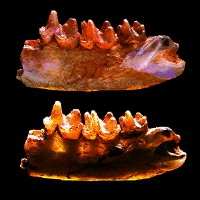 |
Lightning Ridge, New South Wales
110 million years ago the Australian landmass was connected to Antarctica, New Zealand and South America as the southern super-continent, Gondwana. Dinosaurs and their relatives dominated landscapes forested with pines, ferns and palms that were fringed by tracts of shallow sea. Here too, dwelt our rare and diminutive mammalian ancestors.
At the edge of this ancient continent, fragments of the remains of these plants and animals accumulated in the sands of the seabed. Over millions of years mineral-rich water preserved these fossils molecule by molecule with hydrated silica: the building blocks of precious opal. Today deposits at Lightning Ridge in northern New South Wales yield some of the rarest, most beautiful and valuable fossils in the world.
Click for more >>
|
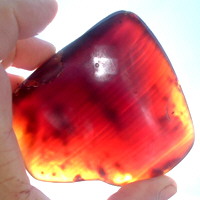 |
Cape York Amber, Queensland
15 million years ago, as the northward journey of the Australian landmass pushed northern Australia into tropical latitudes, global temperature and rainfall peaked at highs not attained since. From then on the Australian climate changed markedly to the drier and relatively cooler conditions of today. At Cape York in northern Australia, remarkable relics from this period of global climatic transition have been found. Plants and insects millions of years old have been found preserved in intricate detail in precious amber, the fossilised resin from ancient rainforest trees.
Click for more >>
|
Other research programs
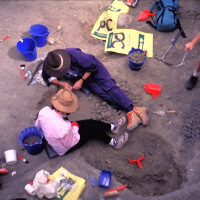 |
Murgon, Queensland
The fossil deposits at Floraville Station in the Gulf Savannah region of northern Australia are rich in fossil bones of Australia's enigmatic megafauna dating from the most recent chapters in the evolutionary history of Australia's ecosystems. These fossils including the bones of crocodiles, birds and extinct giant marsupials.
|
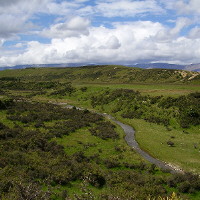 |
St Bathans, New Zealand
The St Bathans fossil field in the mountainous Central Otago region of New Zealand has yielded a diverse vertebrate fauna that includes the oldest known fossil land-mammal from New Zealand, as well as many kinds of fossil birds, fish and crocodilians. As well as shedding new light on our understanding of the This unique fossil field has the potential to provide new clues about the climatic changes that shaped ecosystems in the southern hemisphere during the last 20 million years. |
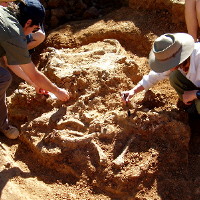 |
Floraville, Queensland
The fossil deposits at Floraville Station in the Gulf Savannah region of northern Australia are rich in fossil bones of Australia's enigmatic megafauna dating from the most recent chapters in the evolutionary history of Australia's ecosystems. These fossils including the bones of crocodiles, birds and extinct giant marsupials.
|
|
 |
Research showcased at CAVEPS 2015
20 September 2015
The 15th biennial Conference on Australasian Vertebrate Evolution, Palaeontology and Systematics (CAVEPS) was held in Alice Springs on 1-5 September 2015. |
More news >>
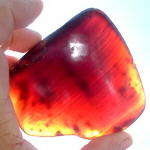
Main research program: Cape York amber
Fragments of precious amber found on the remote beaches of Cape York contain the remains of plants and tiny animals millions of years old.
Read more >>
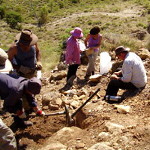
Main research program: Riversleigh
The rocks at Riversleigh are rich in well-preserved fossil remains of the ancestors of the modern Australian fauna and entirely new kinds of animals previously unknown to science.
Read more >>
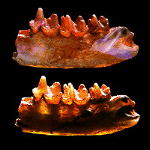
Main research program: Lightning Ridge
Deposits at Lightning Ridge in northern New South Wales yield some of the rarest, most beautiful and valuable fossils in the world.
Read more >>
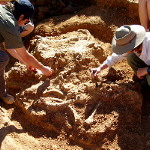
Help support Australian palaeontological research
The CREATE fund has been established to facilitate and conduct research into our past. Individuals can help through donations.
Read more >>
|